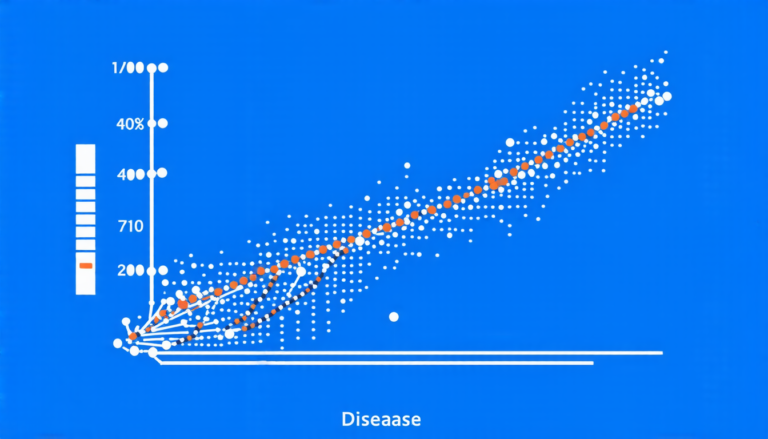Wednesday 16 April 2025
Mathematicians have long been fascinated by the properties of univalent functions, which are holomorphic functions that map the unit disk to itself in a one-to-one manner. These functions play a crucial role in many areas of mathematics and physics, including complex analysis, differential geometry, and string theory.
Recently, a team of researchers has made significant progress in understanding the behavior of these functions. By studying the coefficient problems associated with univalent functions, they have been able to establish new connections between different areas of mathematics.
One of the key findings is that certain classes of univalent functions can be used to construct complex manifolds with interesting geometric properties. These manifolds are important in physics because they provide a framework for understanding the behavior of particles and forces in high-energy collisions.
Another area where univalent functions have been found to play a crucial role is in the study of string theory. String theory posits that the fundamental building blocks of the universe are not point-like particles, but tiny, vibrating strings. Univalent functions can be used to construct complex geometric structures that arise in string theory, allowing researchers to better understand the behavior of these strings.
The researchers have also made progress in understanding the behavior of univalent functions under quasiconformal deformations. Quasiconformal mappings are a type of transformation that preserves angles and shapes, but not necessarily distances or sizes. By studying how univalent functions behave under these transformations, mathematicians can gain insights into the properties of the underlying geometric structures.
One of the most interesting aspects of this research is its potential applications to other areas of mathematics and physics. For example, the techniques developed in this study could be used to construct new types of manifolds that have not been previously considered. These manifolds could have important implications for our understanding of the universe and the laws of physics.
In addition to their theoretical significance, these results also have practical applications. For instance, they can be used to develop more efficient algorithms for solving complex mathematical problems. This could have significant implications for fields such as cryptography and coding theory.
Overall, this research has opened up new avenues of exploration in mathematics and physics. By studying the properties of univalent functions, researchers are gaining a deeper understanding of the underlying geometric structures that govern our universe. As we continue to explore these structures, we may uncover new insights into the fundamental nature of reality itself.
Cite this article: “Unlocking Secrets of Holomorphic Functions: A New Approach to Teichmüller Spaces and Coefficient Theorems”, The Science Archive, 2025.
Complex Analysis, Differential Geometry, String Theory, Univalent Functions, Complex Manifolds, Quasiconformal Mappings, Geometric Structures, Mathematical Physics, Cryptography, Coding Theory







